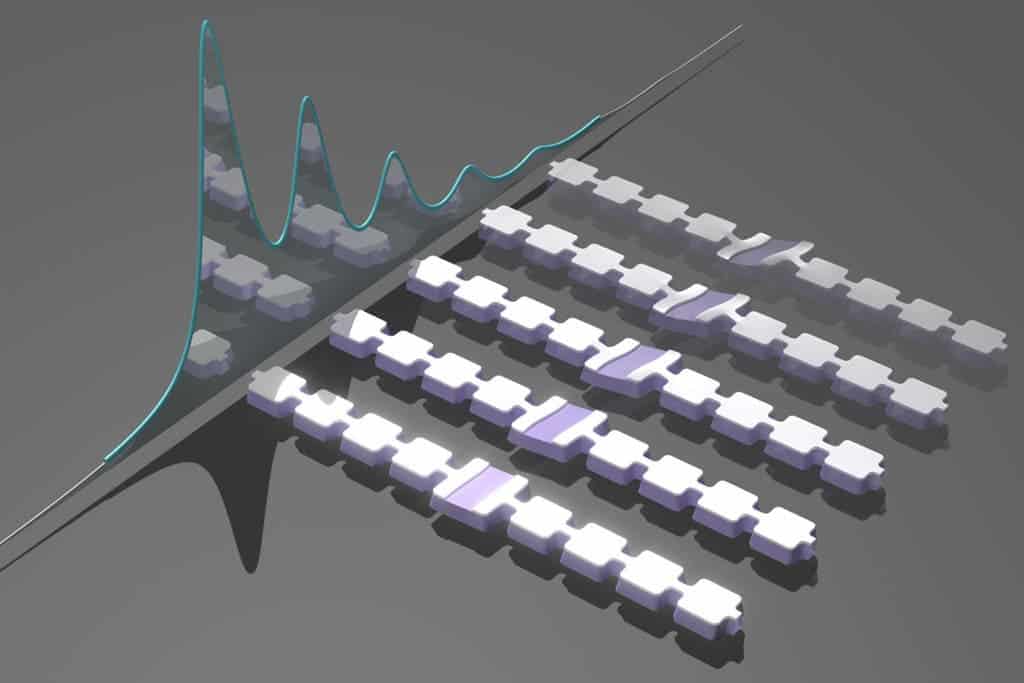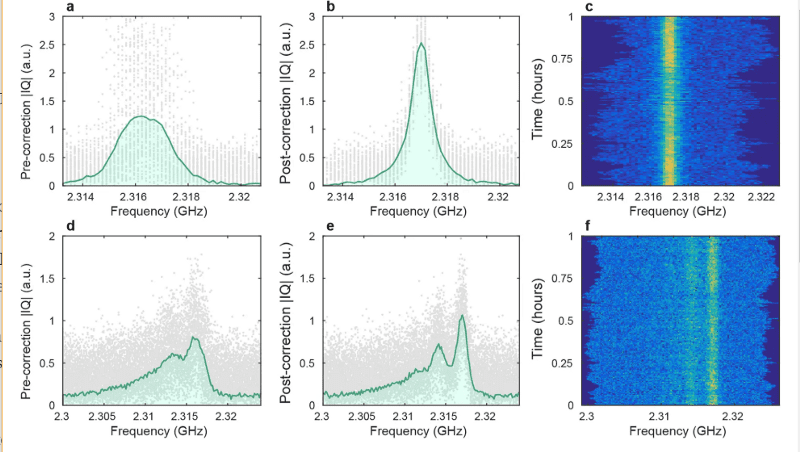Researchers have developed a microphone so sensitive it’s capable of picking up individual particles of sound.

OK, we knew light has particles, and gravity has particles. Now even sound has particles? Well, not quite. A phonon is what’s called a quasiparticle — basically, an emergent phenomenon that occurs when a microscopically complicated system behaves as if it were a particle.
But although they’re not real particles (what’s real in the quantum world anyway?), phonons have a lot in common with photons, the carriers of light: they’re quantized. Being quantized is the backbone of all quantum particles and as strange as that may sound, it actually means something very simple: it means that they can only carry some types of energy.
Let’s say we have a minimum possible energy level — a particle can only have exact multiples of that ammount. If the minimum level is “1”, it can only have 1, 2, 3, 4… and so on — not 1.5, or any value in between. Think of it as the rungs on a ladder of energy, with nothing in between.
Since photons also have this characteristic to them, it means that a quantum level, it gets pretty weird.
“Sound has this granularity that we don’t normally experience,” said study leader Amir Safavi-Naeini, from Stanford. “Sound, at the quantum level, crackles.”
Although phonons have been described by Albert Einstein, researchers have only been able to measure phonon states in engineered structures — until now.
The problem with building a phonon microphone is the scale at which you have to build it.
“One phonon corresponds to an energy ten trillion trillion times smaller than the energy required to keep a lightbulb on for one second,” said graduate student Patricio Arrangoiz-Arriola, a co-first author of the study.

A regular microphone works thanks to an internal membrane that vibrates when hit by sound waves. This physical movement is converted into a measurable voltage. However, if you tried to make a quantum microphone this way, it wouldn’t work. According to Heisenberg’s uncertainty principle, a quantum object’s position can’t be precisely known without changing it. So if you tried to measure the number of phonons, the measurement itself would mask their energy levels. So the researchers decided to measure this latter property.
The quantum microphone consists of a series of supercooled nanomechanical resonators, so small that they are visible only through an electron microscope. The resonators are connected to a superconducting circuit which contains electron pairs that move around without resistance. The circuit forms a qubit — a system that can exist in two states at once and has a natural frequency, which can be read electronically.
“The resonators are formed from periodic structures that act like mirrors for sound. By introducing a defect into these artificial lattices, we can trap the phonons in the middle of the structures,” Arrangoiz-Arriola said.
While the system is extremely complex and difficult to handle, the results are also worth it. Mastering the ability to precisely generate and detect phonons could help pave the way for new kinds of quantum devices that are able to store and retrieve information encoded as particles of sound or that can convert seamlessly between optical and mechanical signals.
Safavi-Naeini concludes:
“Right now, people are using photons to encode these states. We want to use phonons, which brings with it a lot of advantages.
“Our device is an important step toward making a ‘mechanical quantum mechanical’ computer.”
The study was published in the journal Nature.


